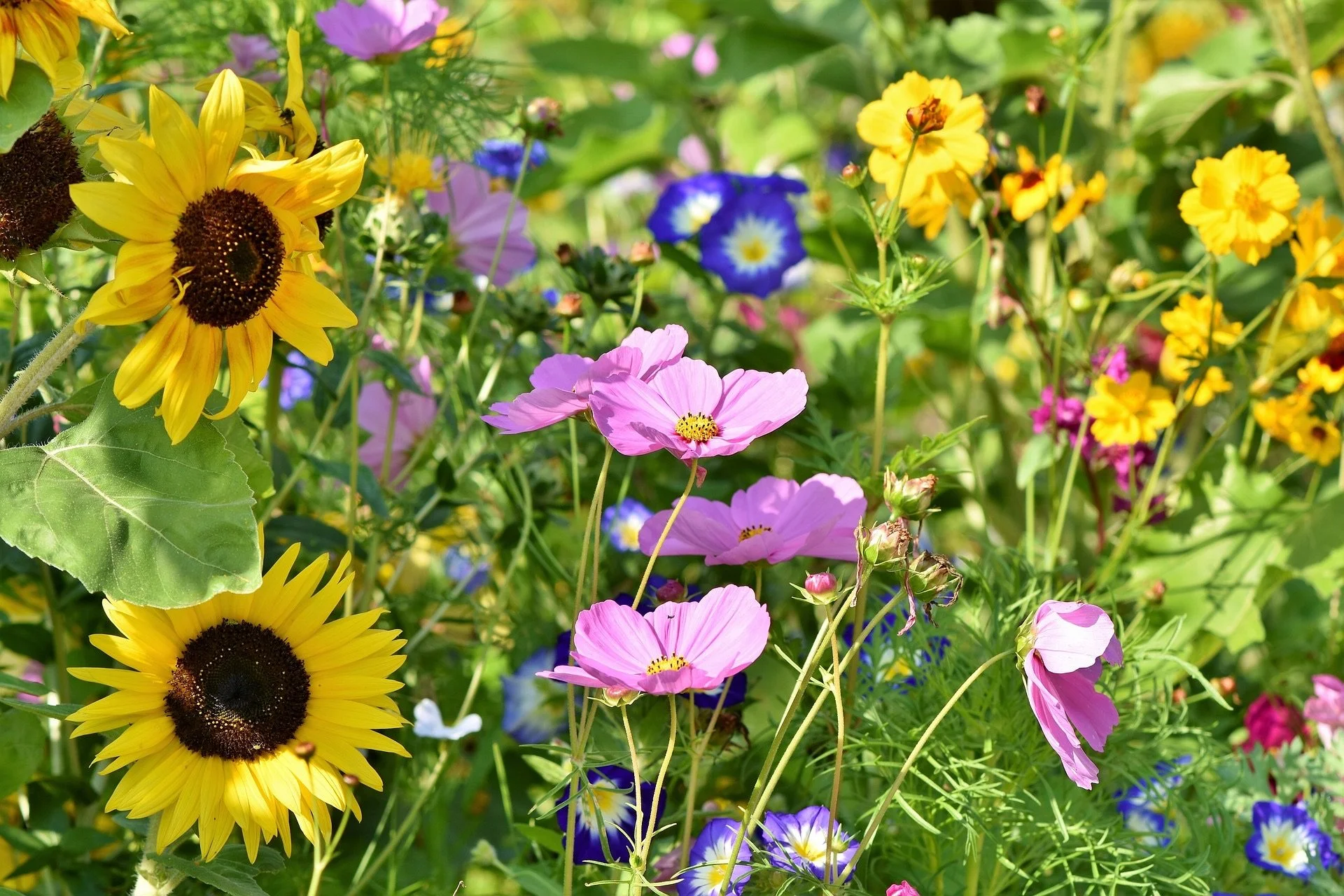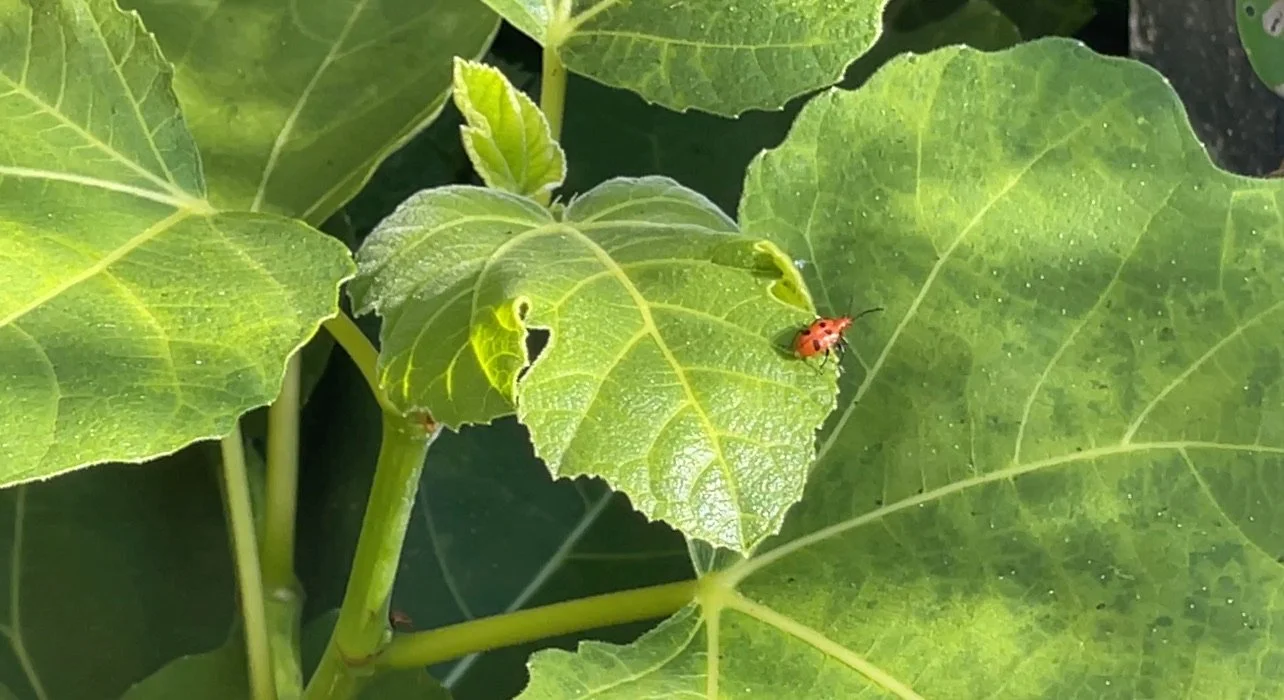
Legislative and Local Recommendations for Reducing the Use of Harmful Lawn Chemicals
The overuse of industrial-strength pesticides and fertilizers in residential areas is causing significant harm to our local environment. This practice is leading to the poisoning of wildlife, contamination of water sources, and the degradation of local ecosystems. The chemicals used do not remain confined to individual properties but spread across entire ecosystems, posing a threat to biodiversity and the well-being of our community.
It is imperative that we take swift action at both the legislative and local levels to address this issue. This memo outlines specific policy recommendations and community-based solutions that will help reduce the harmful effects of lawn chemicals while promoting more sustainable, wildlife-friendly gardening practices.


